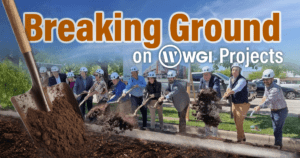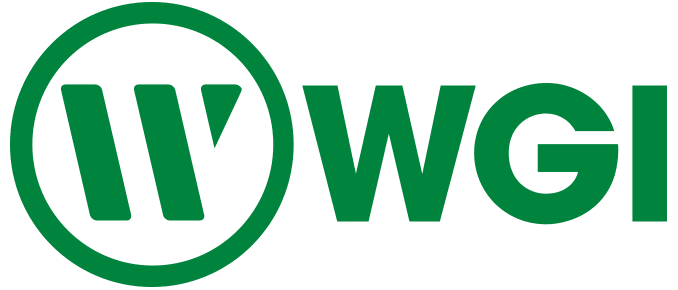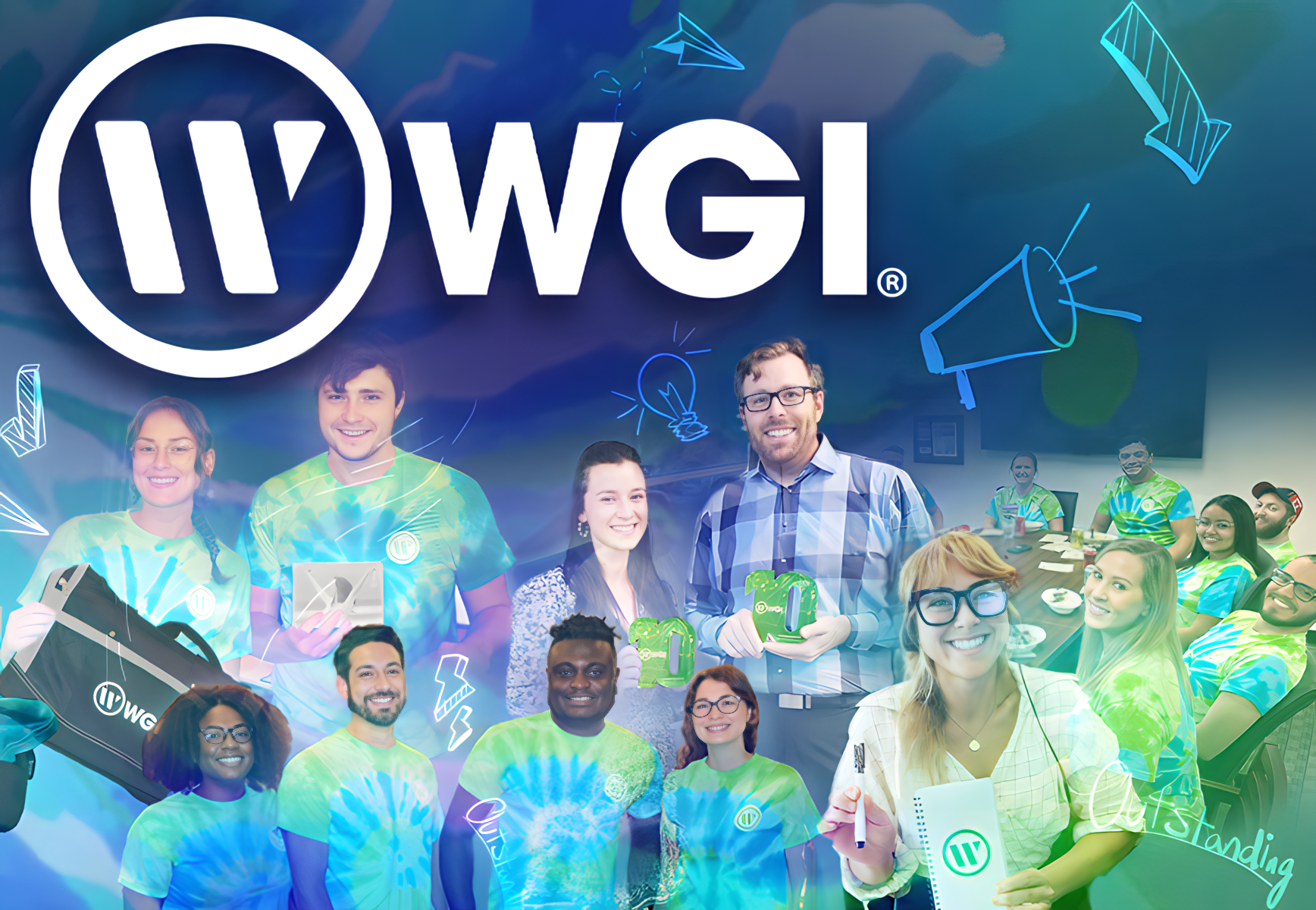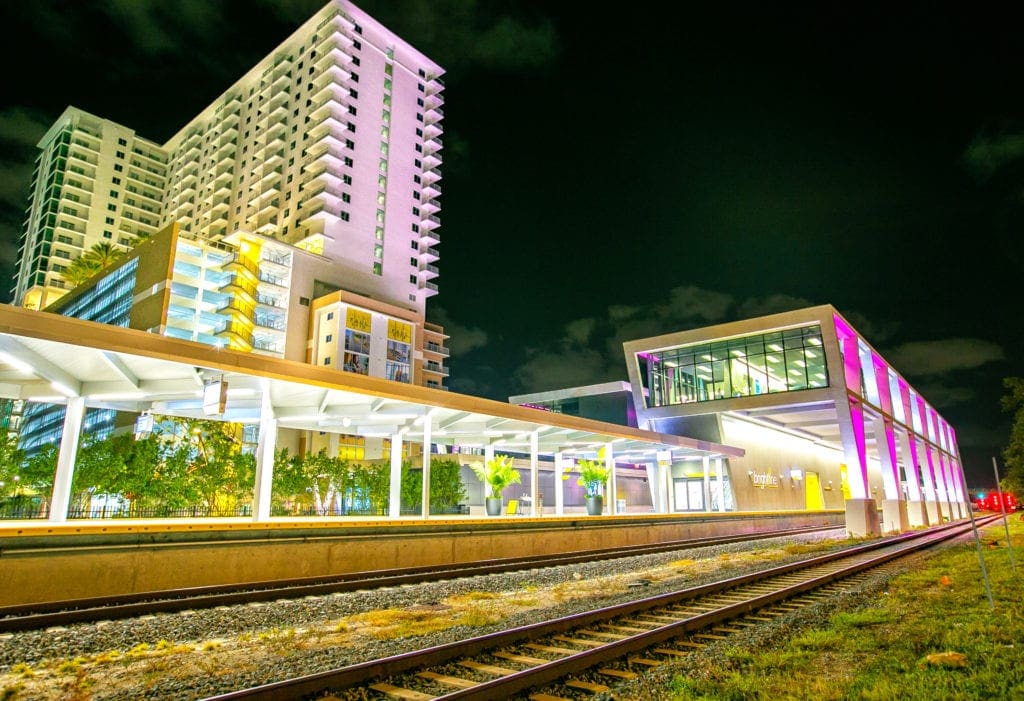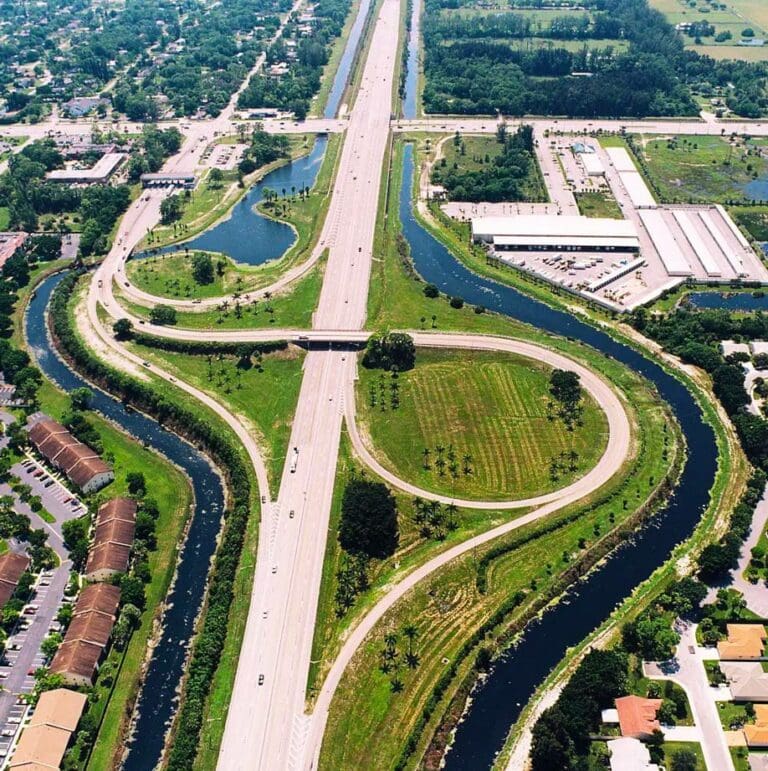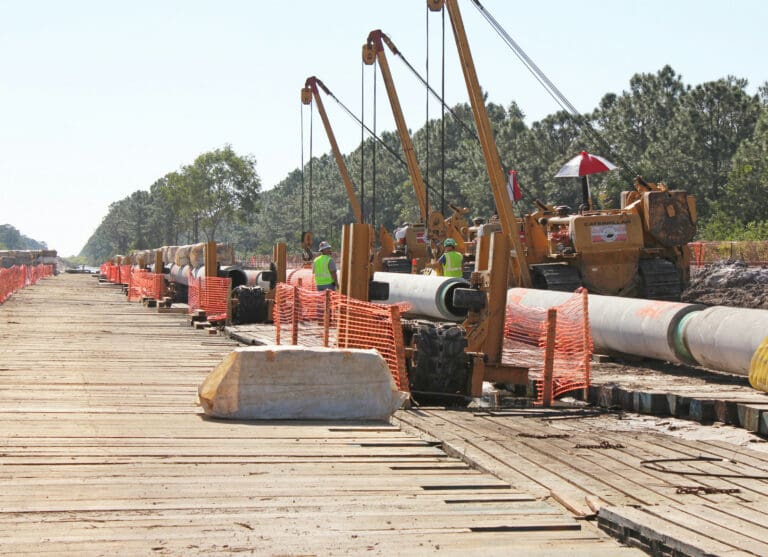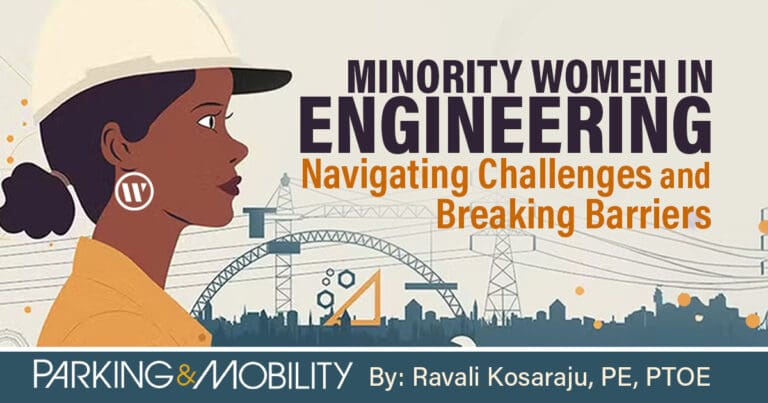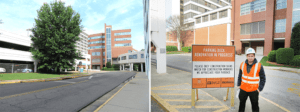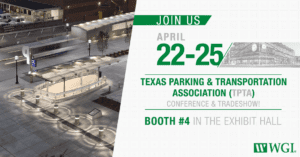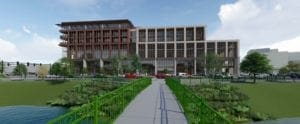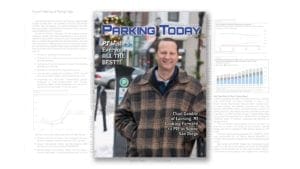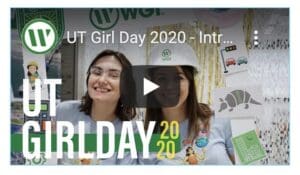The COVID-19 crisis has been devastating to most public and private parking operations. The pandemic-driven shutdowns, school closures, and corporate moves to remote work, coupled with curtailing of business travel, reduced parking demand by as much as 90% across not only the U.S. but the global community.
The crisis didn’t simply decimate parking revenues; it wrought societal changes that may be with us for years to come.
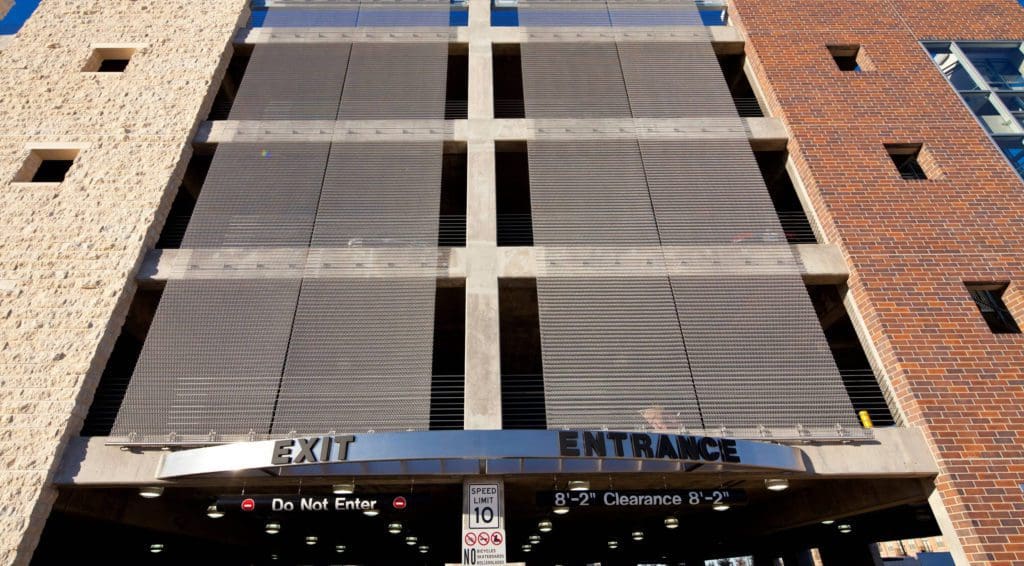
While we are starting to embrace our “new normal” and see an upswing compared to where we were a year ago, parking demand may remain stagnant for many months or perhaps even years to come. What are parking owners and operators to do? How can they respond to, and take advantage of, changing market conditions if people require less parking? How can they adapt their parking facilities and operations to be as productive as possible during this period, and prepare for whatever future demand holds?
For many parking operations, the answer is found in operational optimization, resiliency planning, and designed flexibility. Operational Optimization is essentially the efficiency of doing more with less. Parking operations are likely to be working with dramatically fewer parkers and staff, and less revenue — at least for the foreseeable future.
One option for optimizing an operation is Scaling the Operation to meet current needs. If demand has diminished by 80%, there is no need to maintain and keep available 100% of the inventory during this period.
Where possible, parking operations, process, and spaces available for use should be consolidated to minimize expense and liability (e.g., closing satellite locations to consolidate parking use to central locations, closing vehicle access to unused levels, automating cashiered operations, changing operating process, etc.).
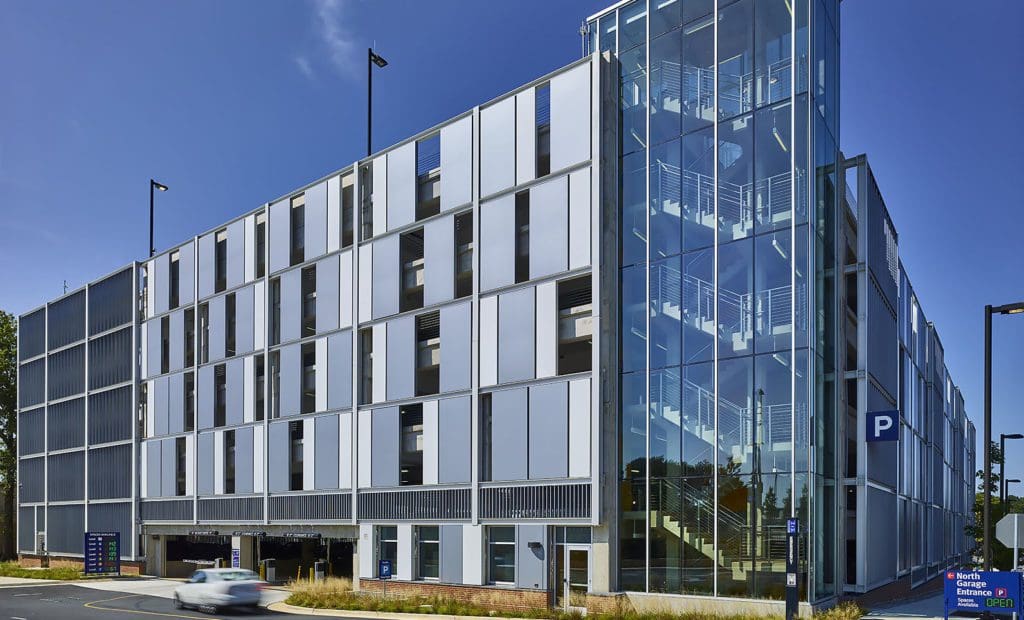
Alternative approaches to facility use and revenue generation such as converting garage levels to work-out facilities, using parking areas for “drive-in” movies and entertainment, providing space for pop-up retail or farmer’s markets, or staging areas for restaurant take-out and food deliveries, are a few examples of innovative ways parking operations adapted during the pandemic. And of course, as America continues to focus on providing COVID vaccines to as many people as quickly as possible, parking facilities offer the perfect location for drive-through vaccination centers.
Adjusting sections of parking facilities to serve other uses is a core element of WGI’s FlexPark™ program. FlexPark provides a framework creating parking facilities adaptable to new uses. Following a three-phase approach, WGI parking planners and designers determine what individual uses different parking areas need to accomplish; study how the overall parking area, and individual areas within the parking facility, can be fully utilized; and then create a flexible design that maximizes utilization, while adaptable to meet future needs.
In big-box garages, the flexibility tends to be built into the structure itself. Different uses require different load-bearing standards. FlexPark designers anticipate potential future uses and build in the necessary standards into each floor of the parking structure.
Cross-Training staff for a range of responsibilities provides redundancies for traditional roles. Cross-training or retraining a booth attendant to provide in-lane customer assistance, perform maintenance and custodial roles, or answer intercom calls from multiple sites, exemplify diversification of traditional staff roles and responsibilities, while also adapting to design changes that may occur within the facility.
It also allows for a period of low occupancy or inactivity to be used as preparation for new staff to expand roles that directly correlate to the operation’s needs. It can also be an effective cost-saving strategy by allowing parking facilities to operate with fewer staff, and may also permit owners and operators to rely on less costly part-time staff.
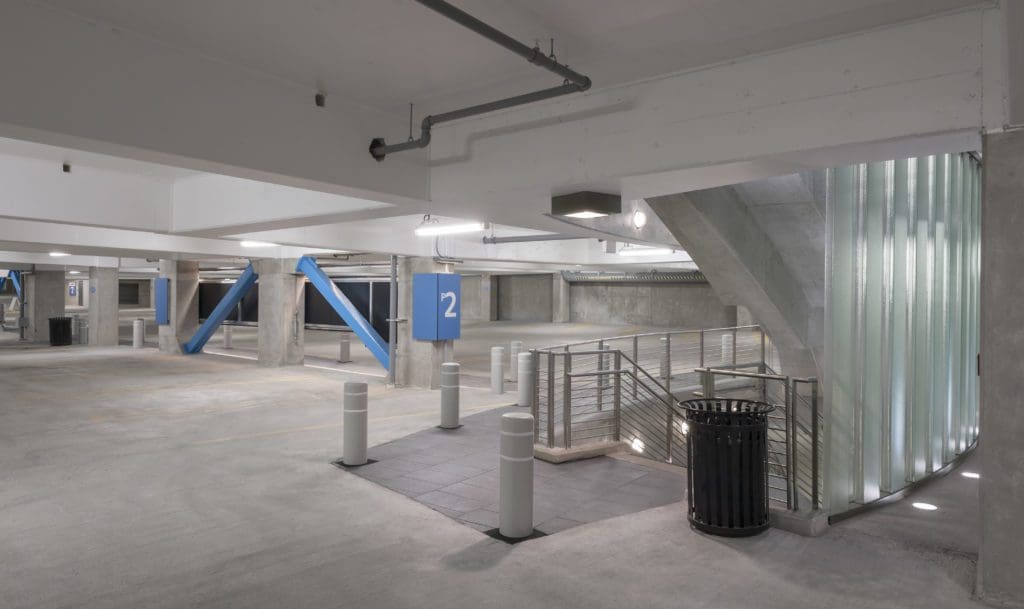
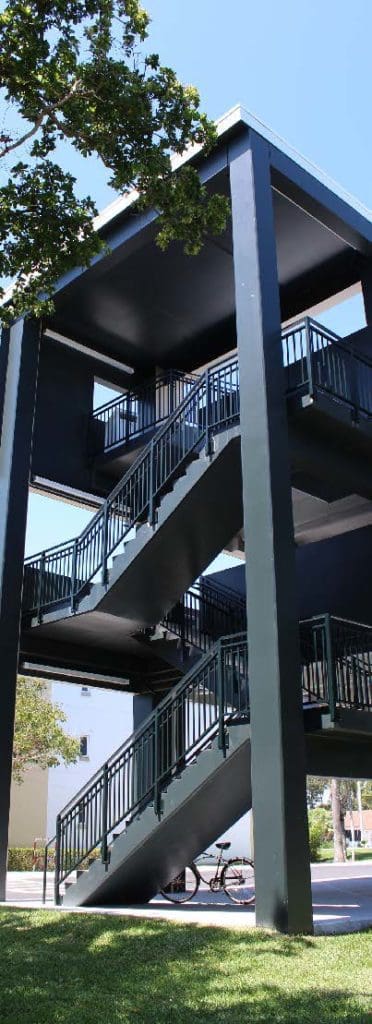 Some preventative maintenance and capital improvement projects are often delayed and/or ignored due to disruption to the ongoing parking operations. This period of low occupancy provides an expanded opportunity to perform any previously delayed preventative maintenance or capital projects that may have been too logistically challenging prior to the pandemic. Of course, it may be necessary to prioritize capital projects after a year of decreased parking demand — and lower parking revenues. Yet, if the necessary financial resources are available, periods of lower demand can permit completion of maintenance and capital projects without impacting parking operations.
Some preventative maintenance and capital improvement projects are often delayed and/or ignored due to disruption to the ongoing parking operations. This period of low occupancy provides an expanded opportunity to perform any previously delayed preventative maintenance or capital projects that may have been too logistically challenging prior to the pandemic. Of course, it may be necessary to prioritize capital projects after a year of decreased parking demand — and lower parking revenues. Yet, if the necessary financial resources are available, periods of lower demand can permit completion of maintenance and capital projects without impacting parking operations.
If the parking industry uses the law of supply and demand to justify rate increases, the same ethic cannot be ignored when the same matrix justifies rate reductions based on curtailing demand. Adjusting the Parking Rates and/or Payment Processes or augmenting current offerings with lower-cost options where reductions are not possible, will ensure that parking rates are not an impediment to reopening. In some instances, this may require pausing or re-justifying fee-based parking programs.
The pre-pandemic parking operations conventional wisdom will not simply revert into the post-pandemic operating reality. Adjusting payment procedures to streamline and/or sanitize operations (e.g., removing cash/coin, introducing gateless operations, or pay-by-plate, etc.) are other viable options for enhancing the parking process.
Another operational improvement that can benefit the bottom line is Implementing Dynamic Pricing. The idea behind dynamic pricing is for parking rates to adjust to occupancy levels. The fuller the garage or lot is, the higher the hourly rate. And if occupancy drops, so do prices. As rates drop, that parking asset becomes more attractive to transient parkers, and thus more competitive.
Management agreements, policies, allocations, and concessions that predate the pandemic may no longer serve their purposes as originally developed. They were based on pre-pandemic revenues, occupancies, and trends and may now be obsolete. Owners and operators should Re-assess Existing Policies and Agreements, making hard decisions about their practicality, present and future.
The adage says, “…prepare for the worst, hope for the best…” — quite possibly never more applicable than today. As parking operations anticipate re-openings, with “definitive uncertainty” about how many people are coming back and when, what’s most important to our industry is how many of them are driving and parking. With the pandemic-inspired aversions to shared spaces and the focus on hygiene, the return to “normal” for traditional Transportation Demand Management (TDM) resources (e.g., transit systems, carpools, ride-shares, etc.) may take longer than people or businesses are willing to wait.
This could dramatically increase parking demand during the initial re-opening phases, even beyond pre-pandemic levels. Parking owners and operators must take this possibility into account and plan for it. Through proactive communication and coordination between employers, communities, leadership, and users about their intended re-opening plans, the re-opening can be choreographed to work within the constraints of parking supply. Failure to plan could result in parking being an impediment to an effective re-opening.
THE PERPETUAL EVOLUTION OF OPERATIONS
Parking, and the needs of parking owners, are always evolving. The COVID-19 crisis brought foreseen and unforeseen changes more quickly than we are used to, but the trends we see today would eventually have happened. As we emerge from the pandemic, change will continue to be the order of the day. The advent of the smart city age; the evolution of mobility; new urban planning approaches that improve upon recent innovations like Complete Streets and New Urbanism; new design approaches that build upon mixed-use development — all these factors will continue to push parking design and operations forward into the future.
That is why it is essential for parking owners to make flexibility a cornerstone of their approaches. Flexible, scalable parking operations need to be put in place, helping owners get the most of their parking lots and garages in good times and bad — and garages themselves must be designed for adaptability and new future uses.
Contact our parking experts and let’s discuss how we can adapt your parking facility into a cornerstone of your approach.
